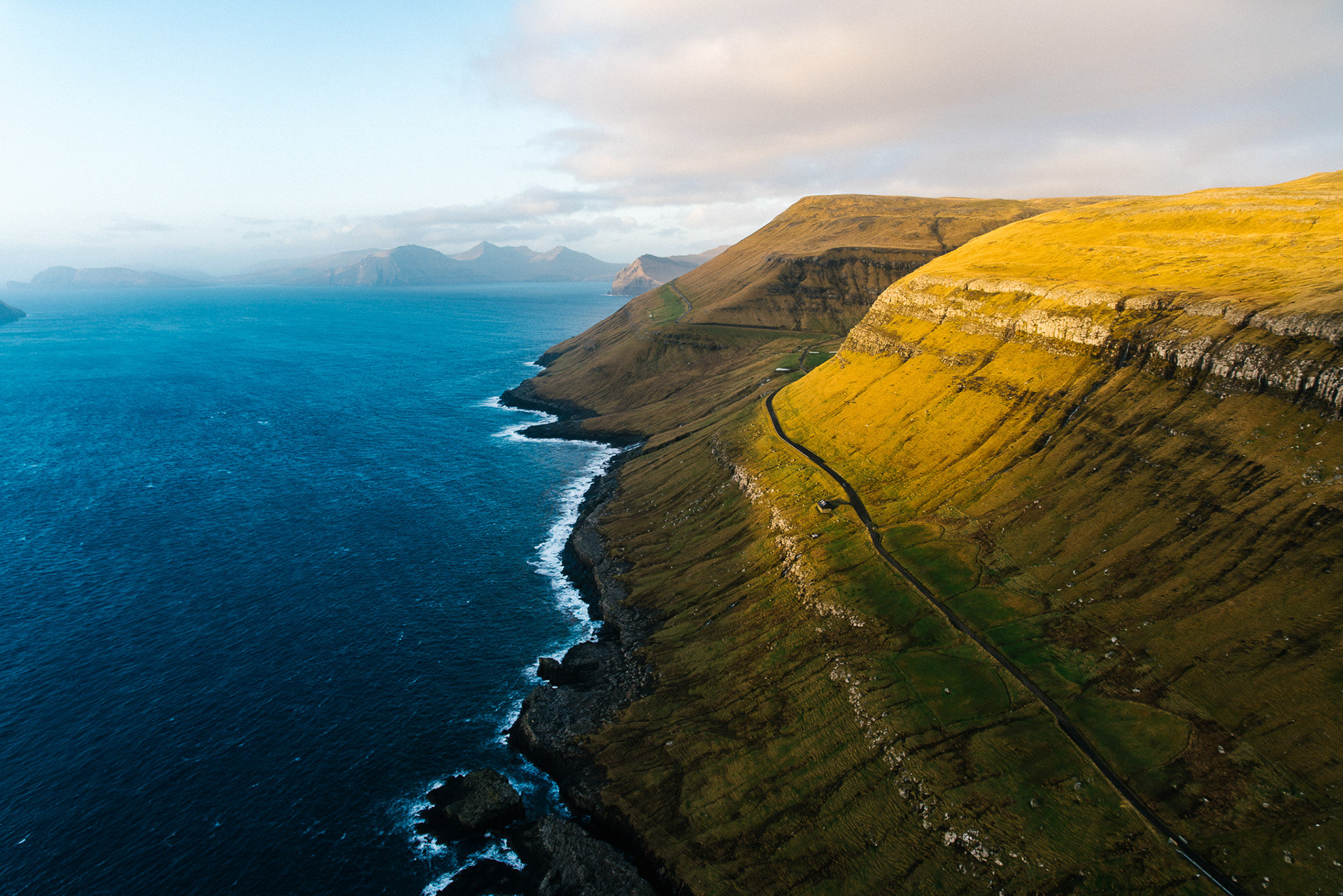
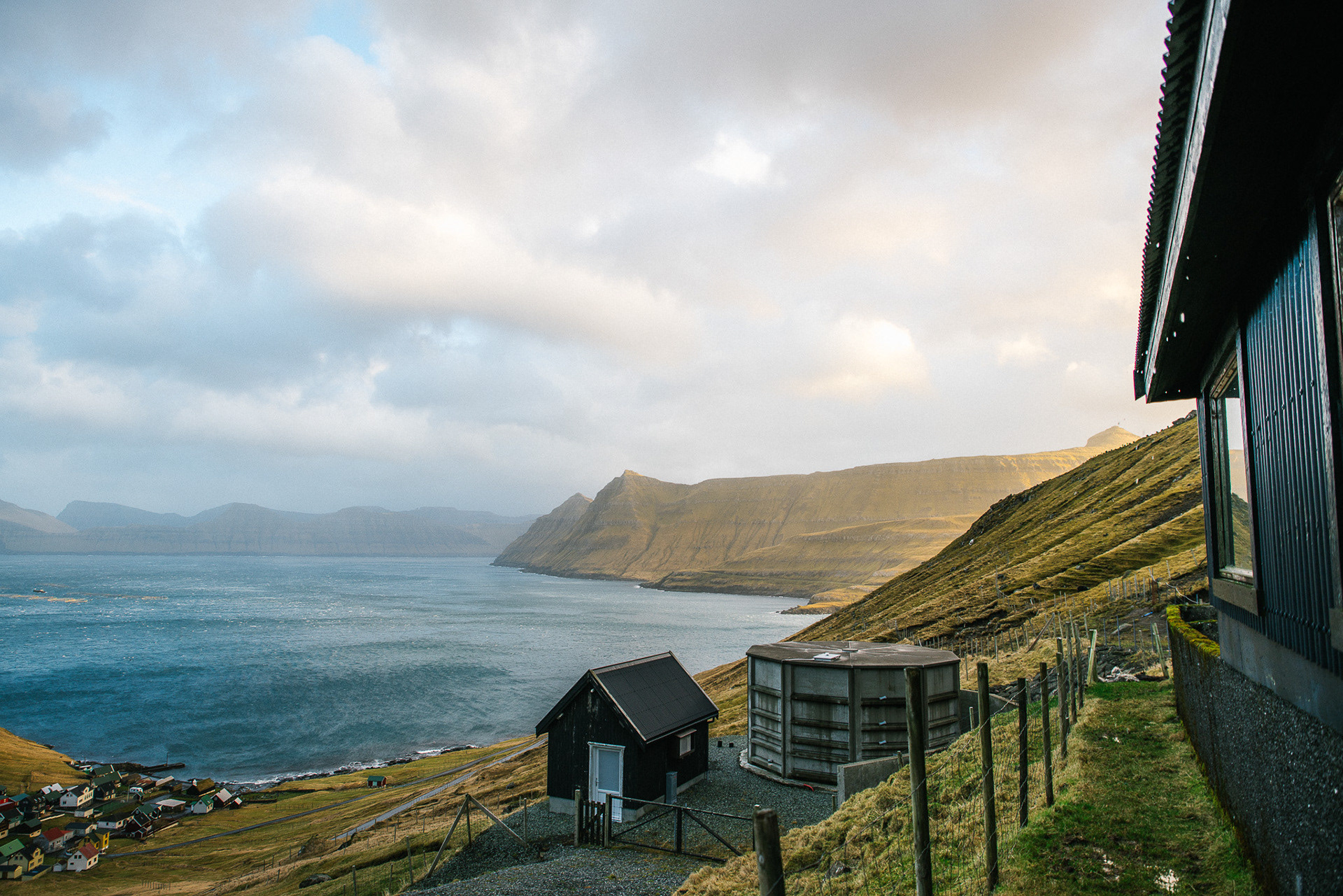
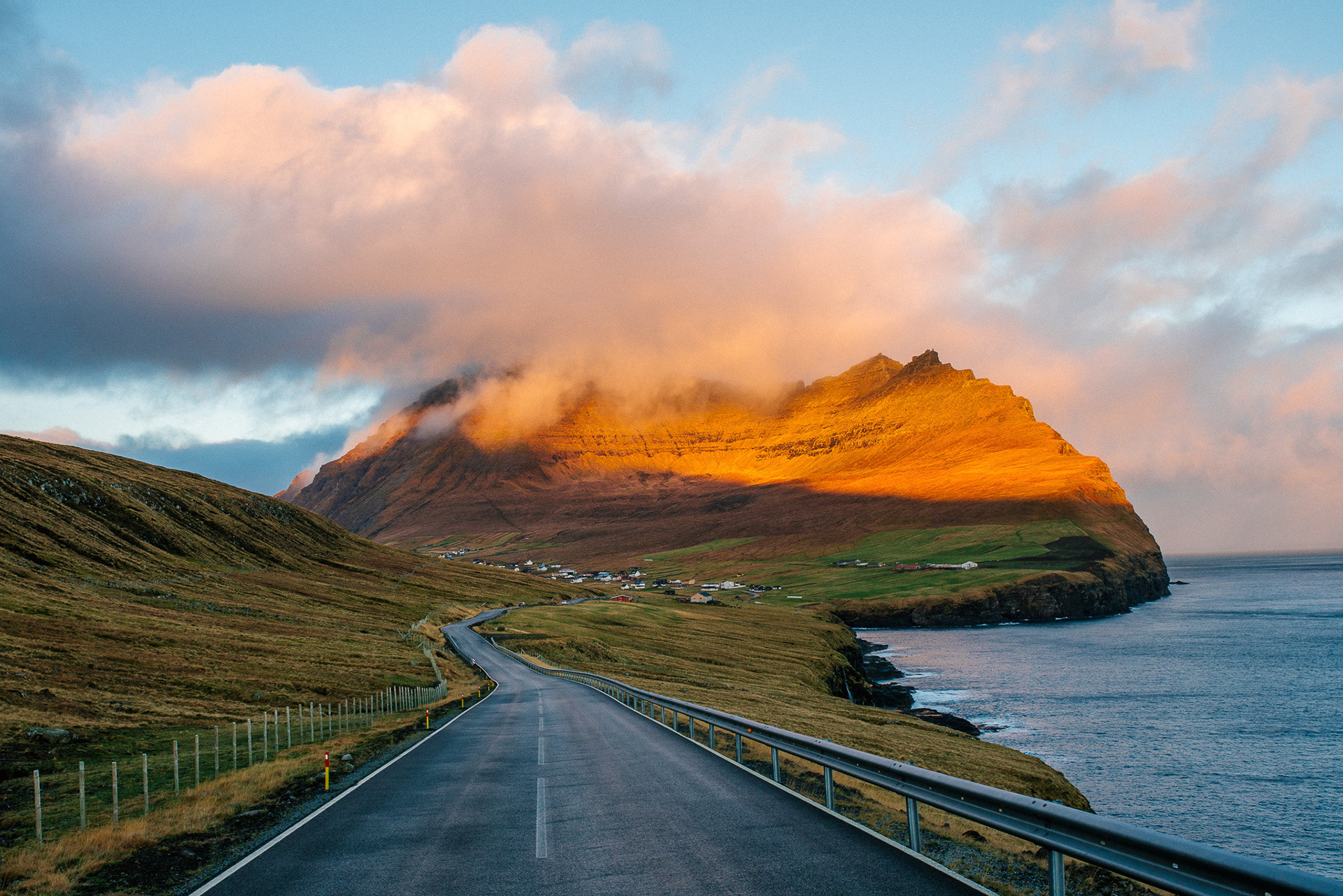
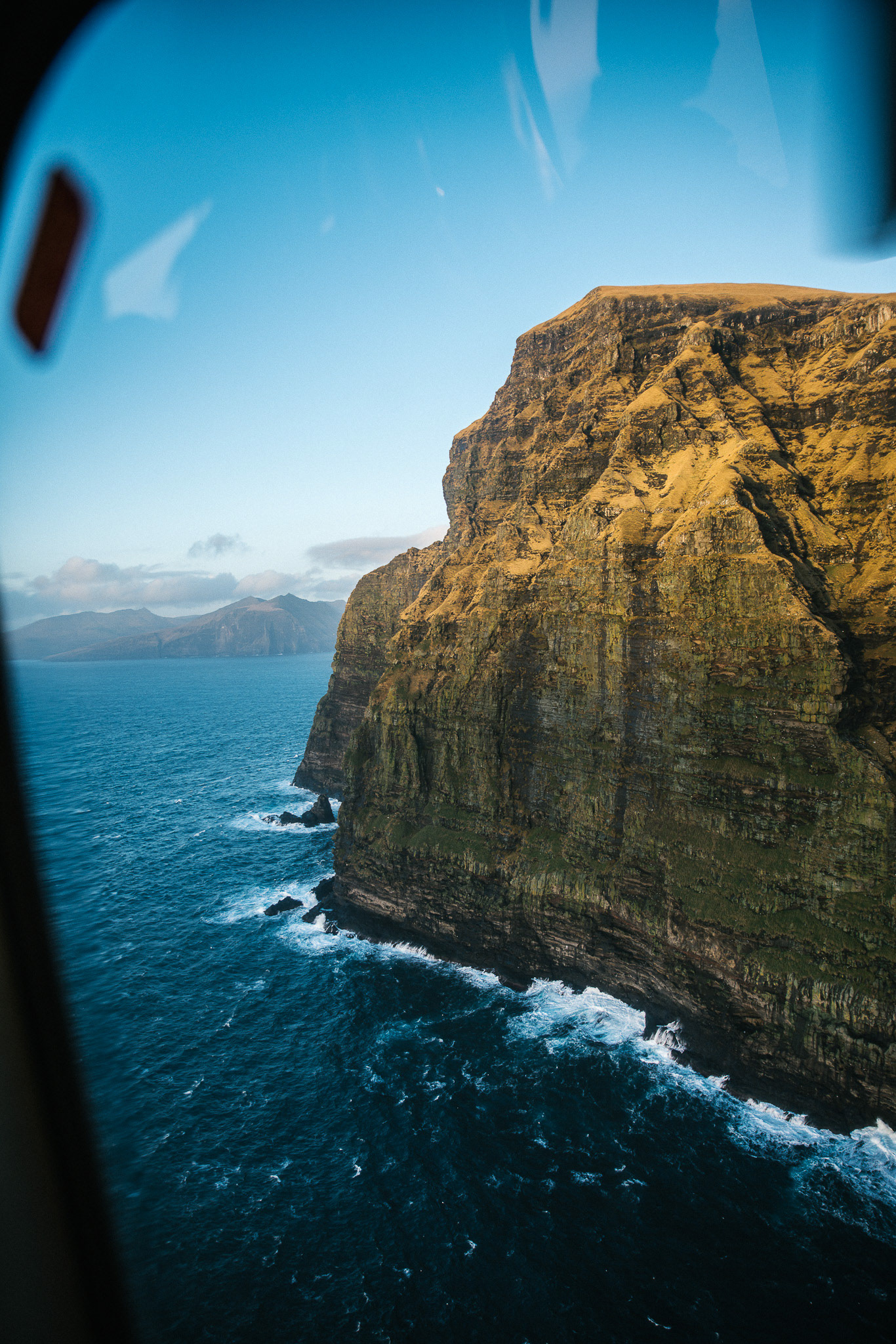
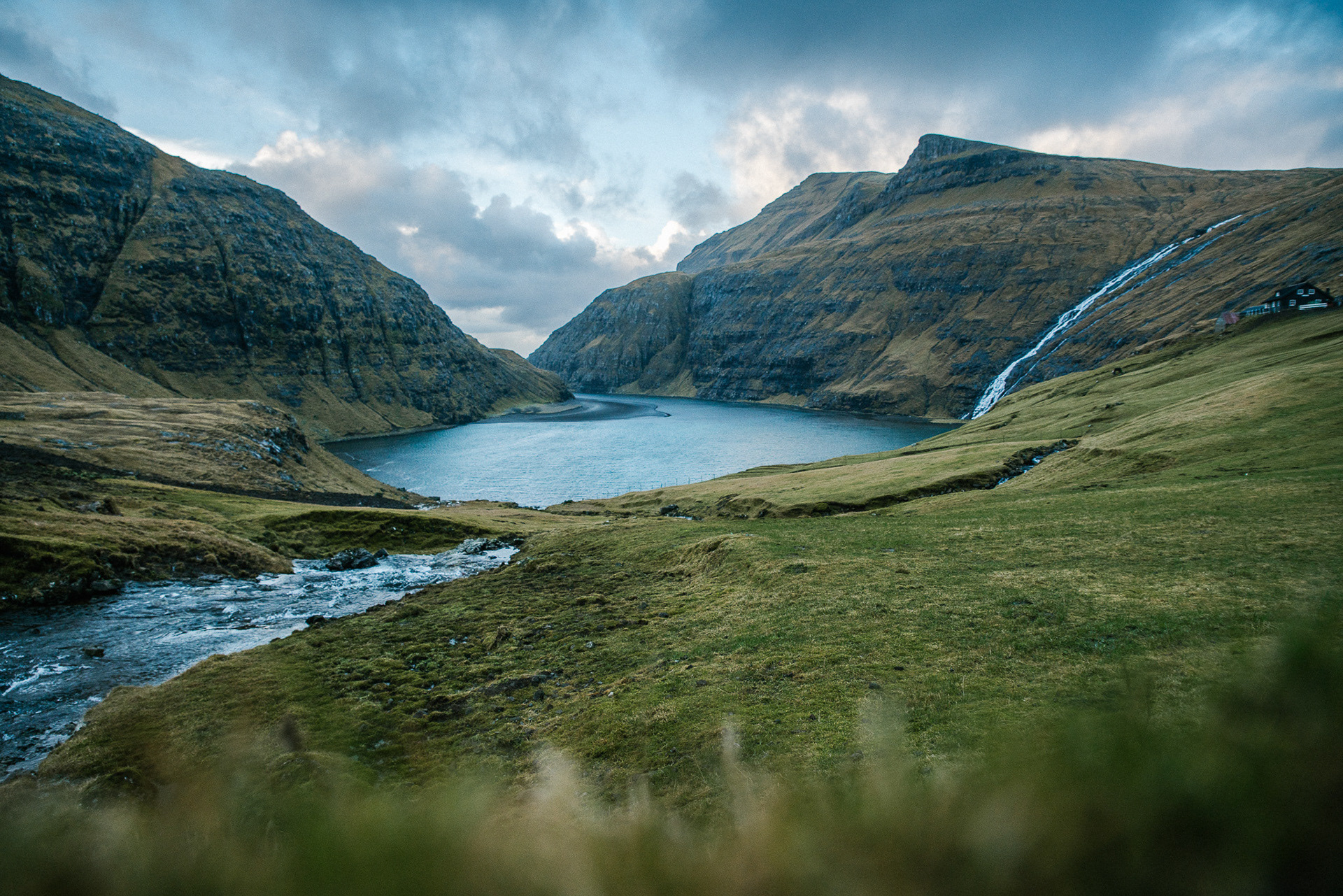
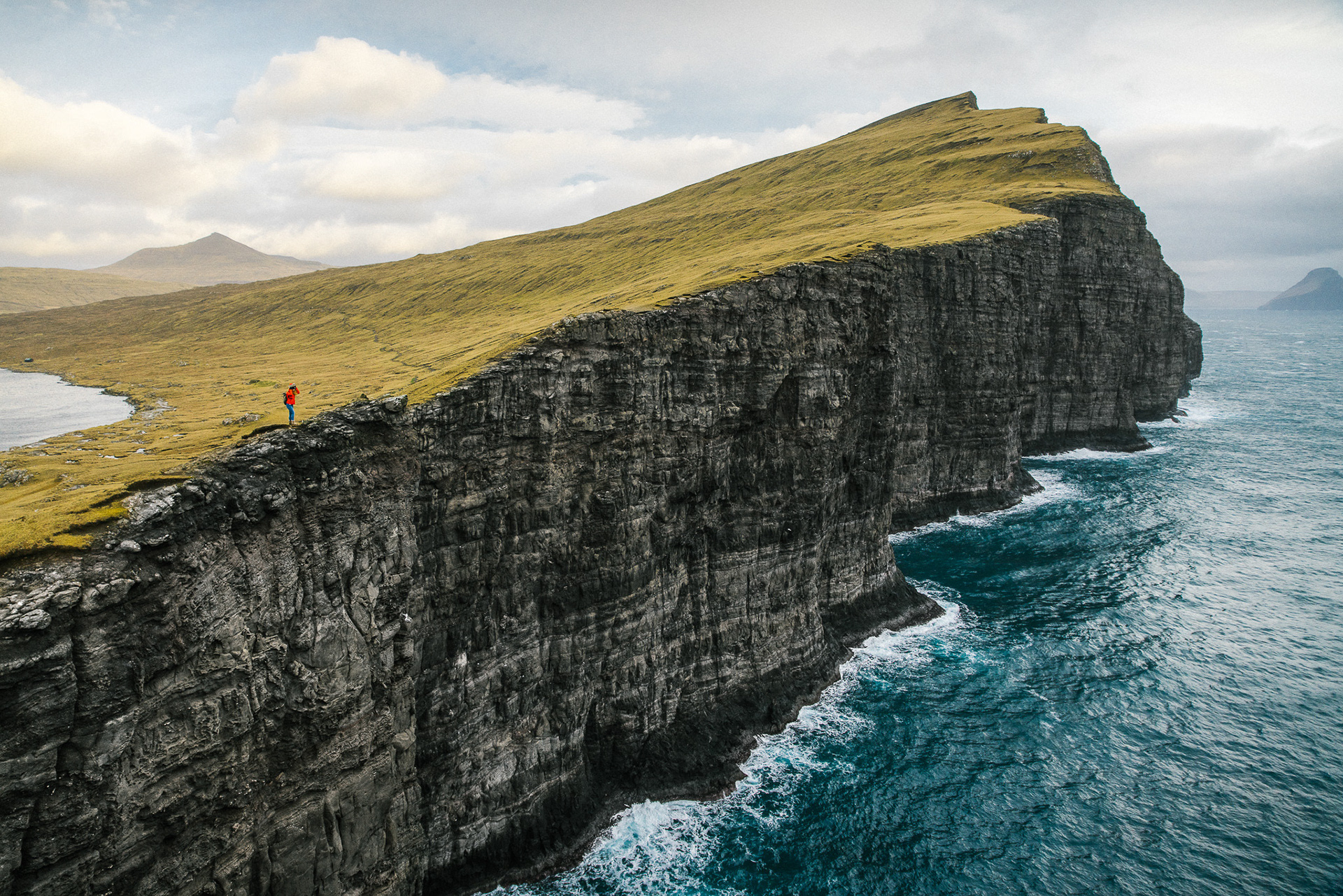
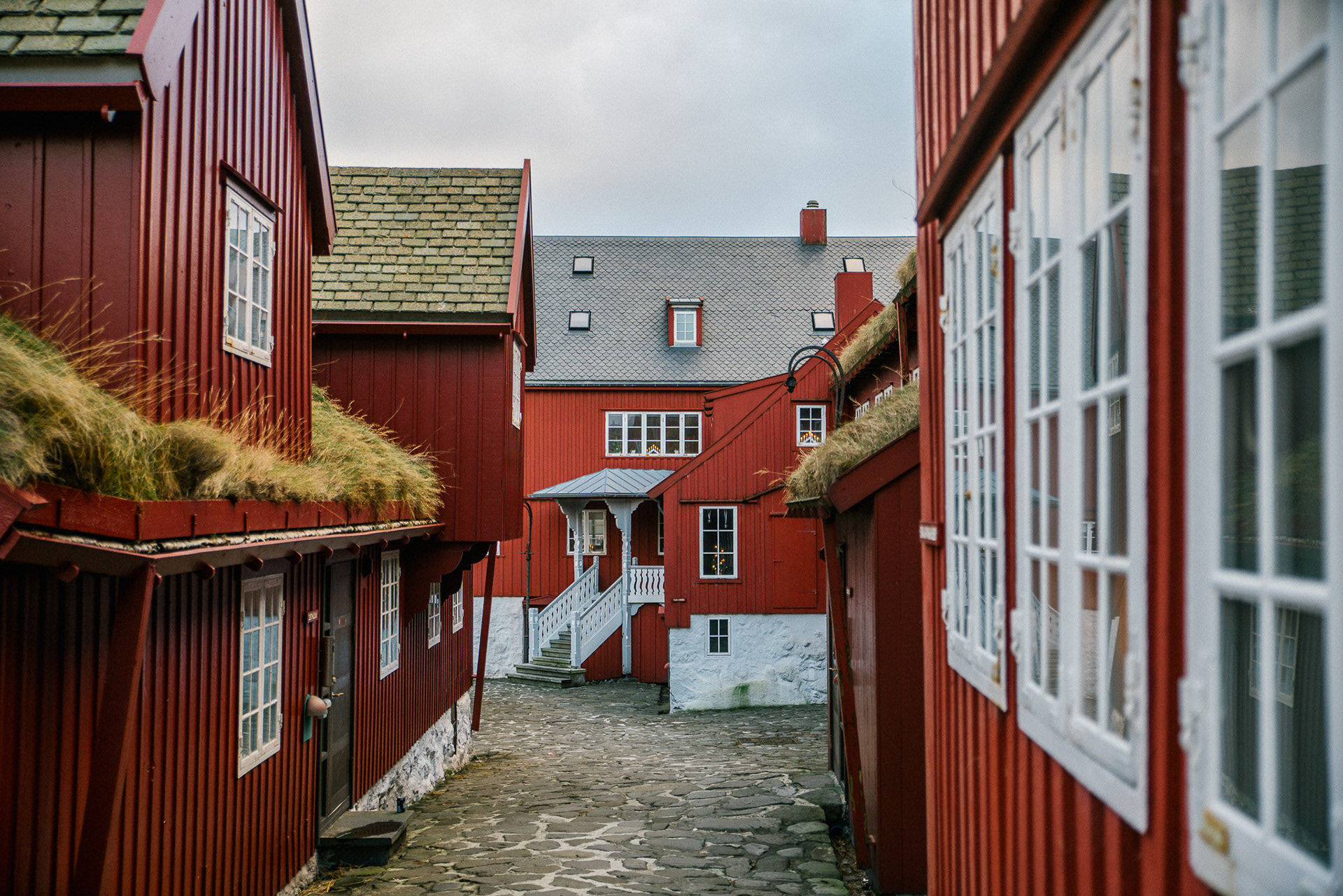
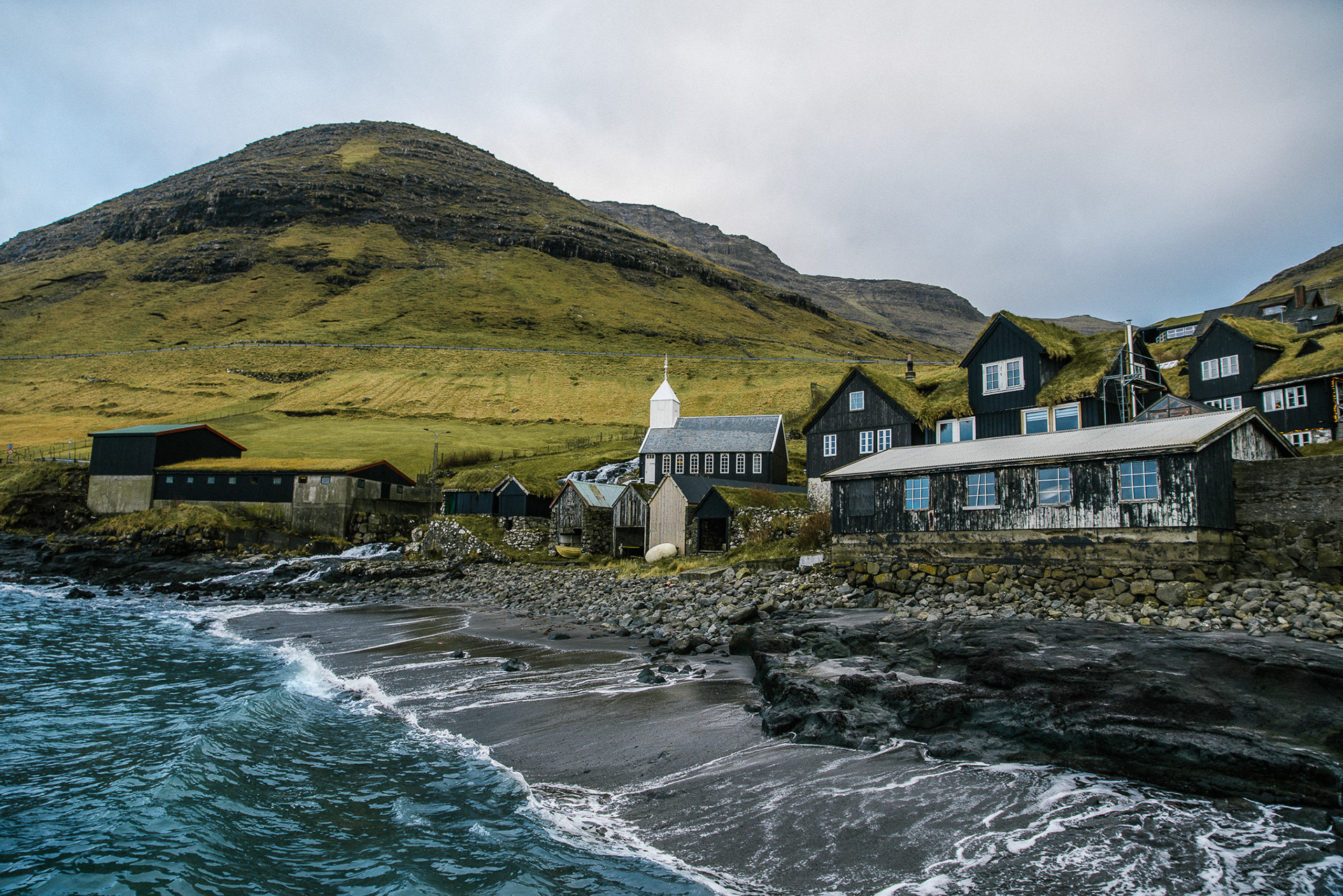
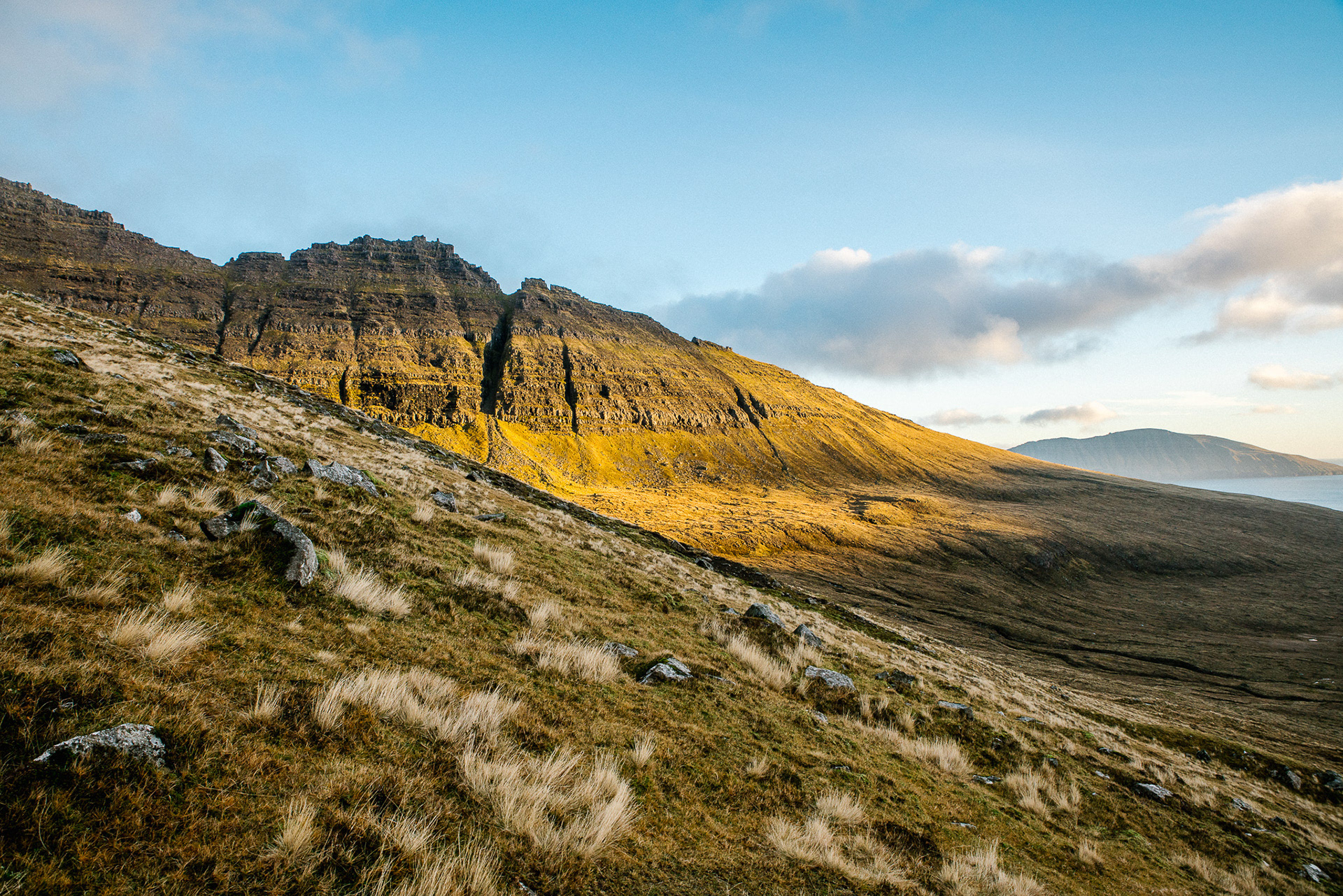
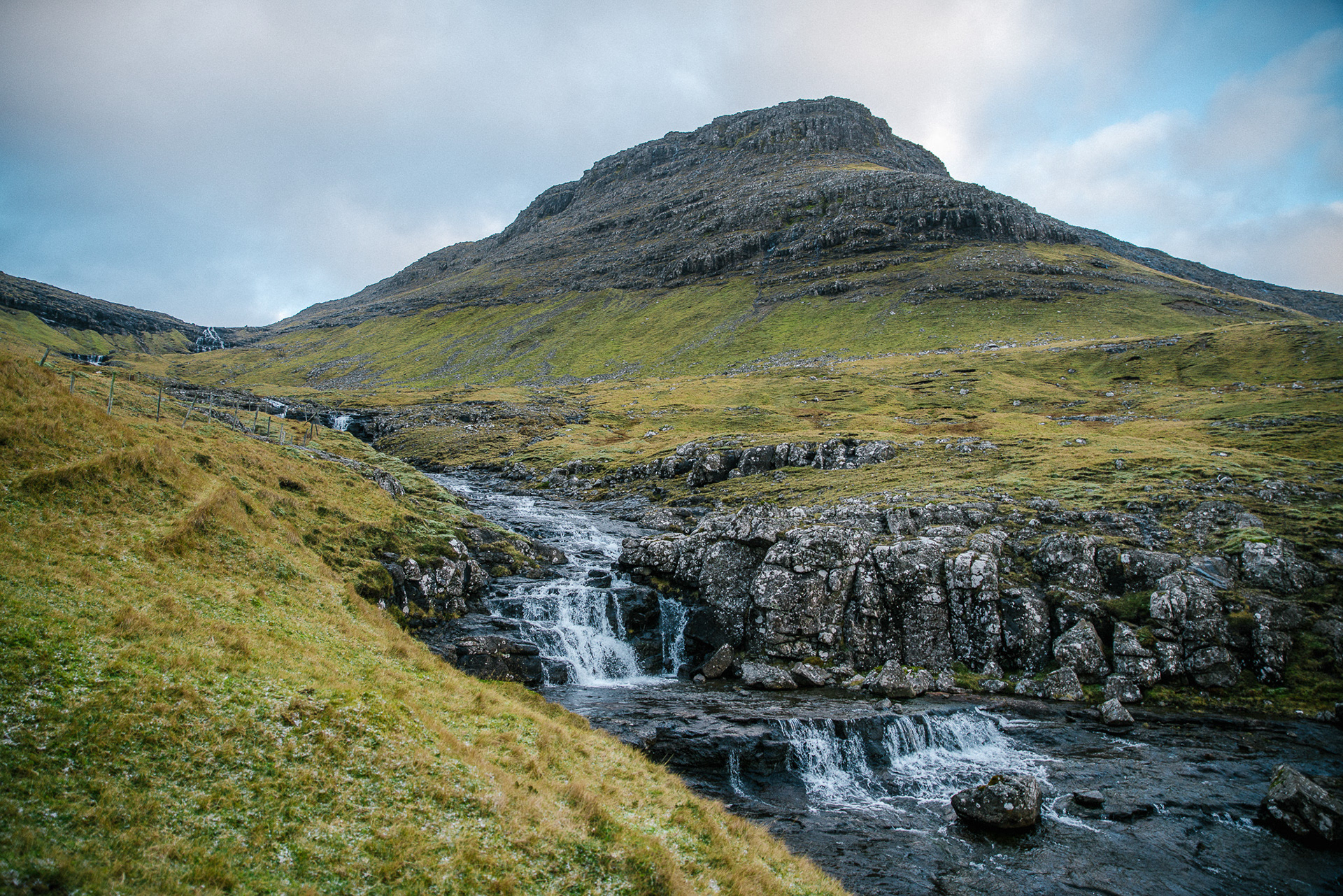
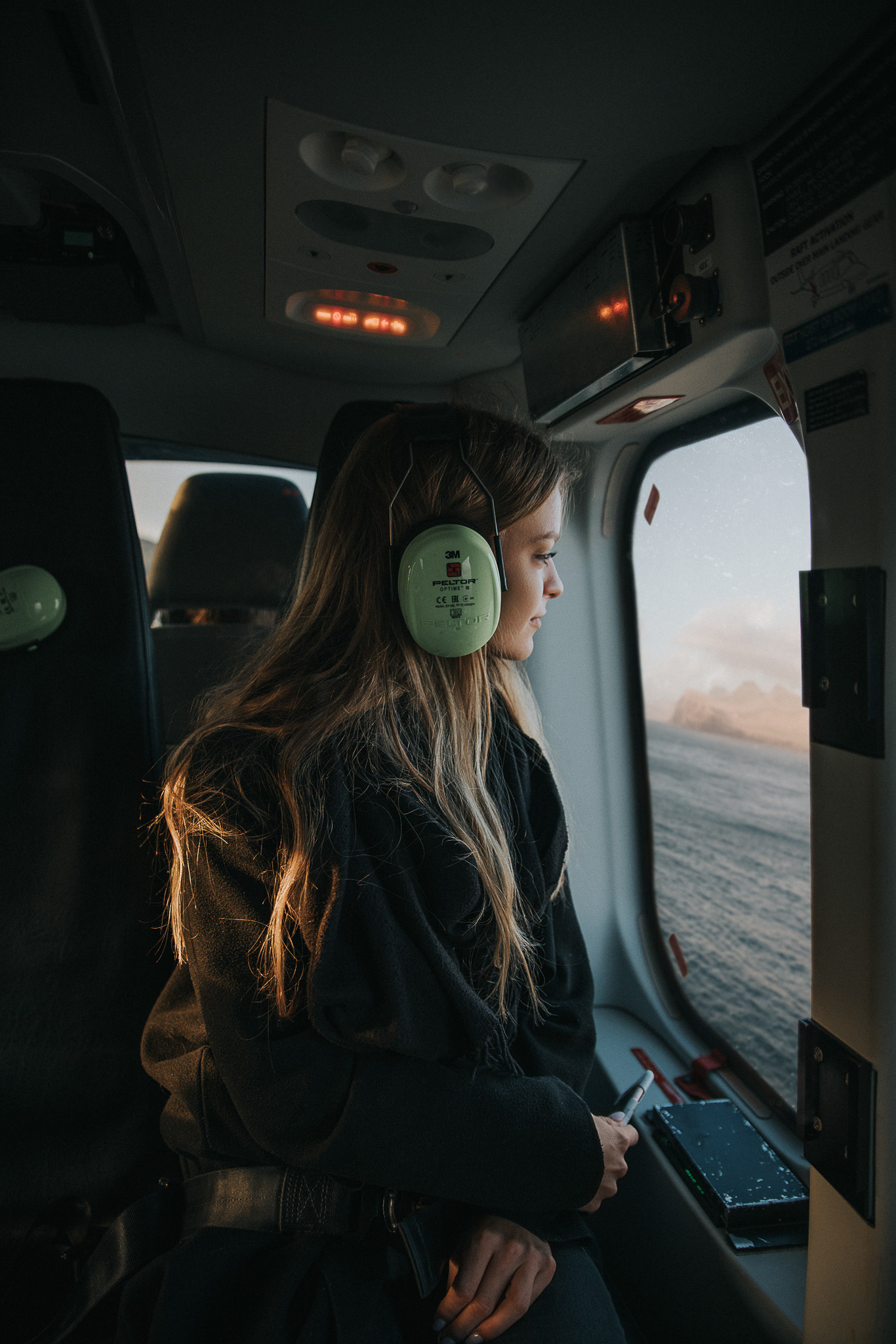
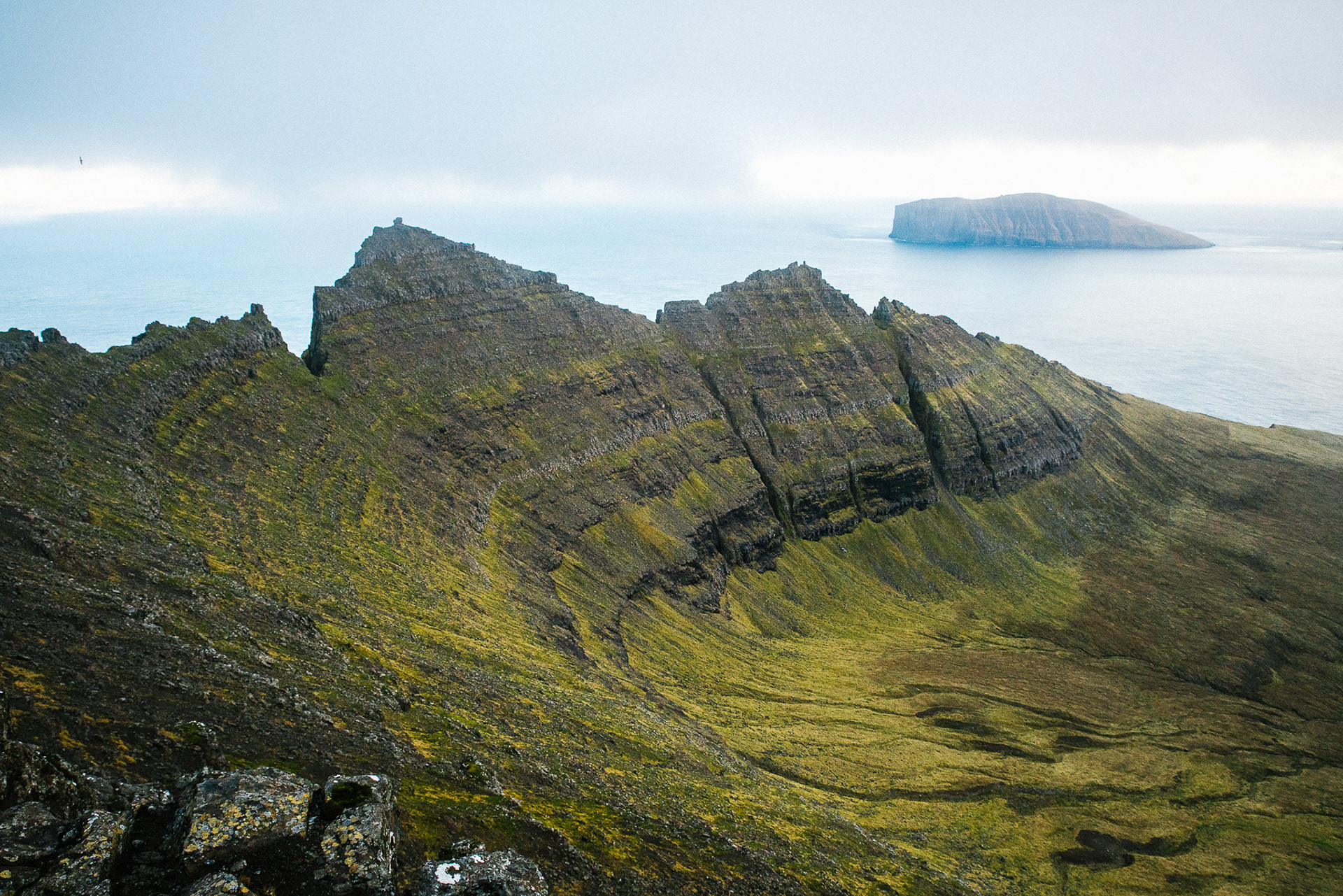
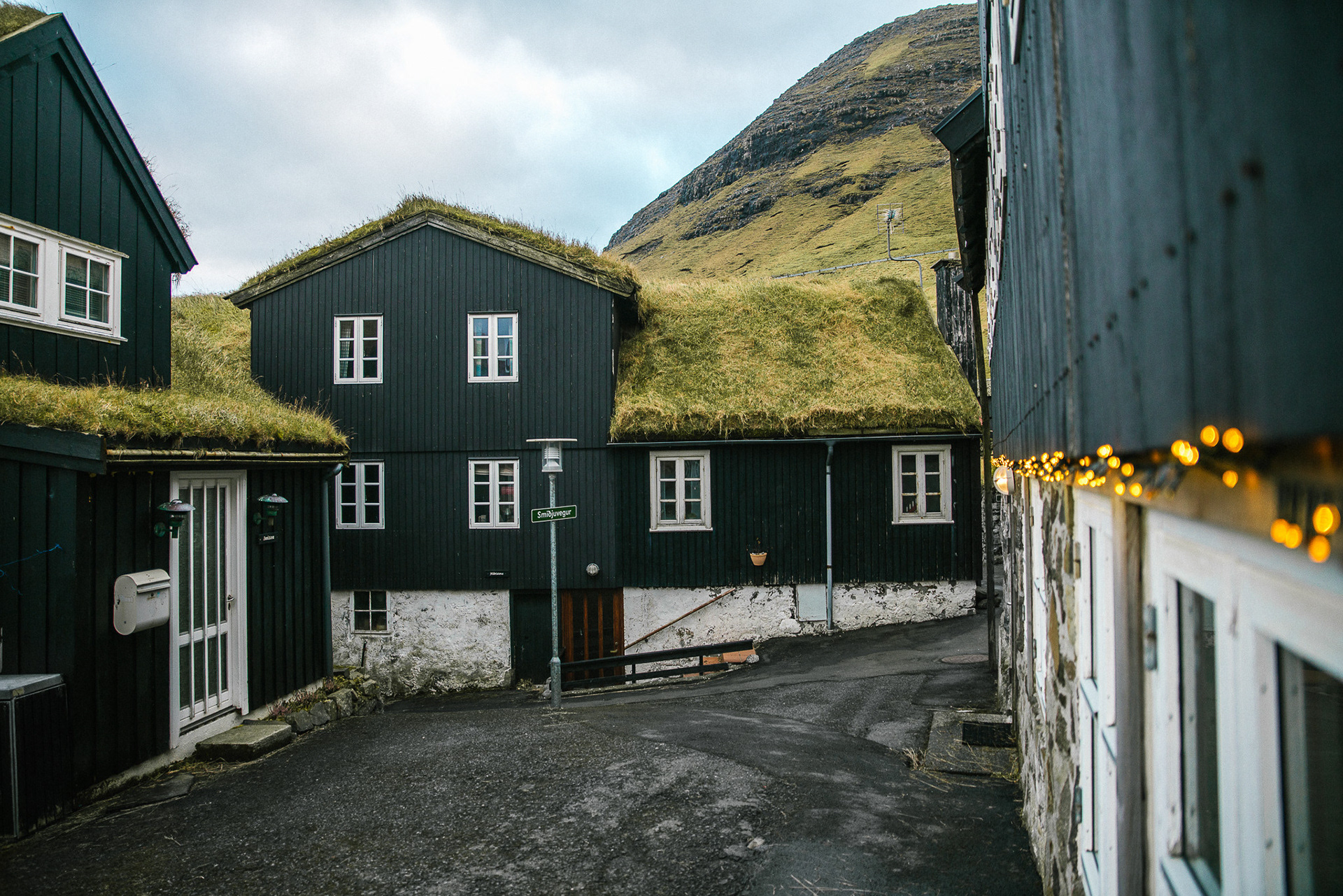
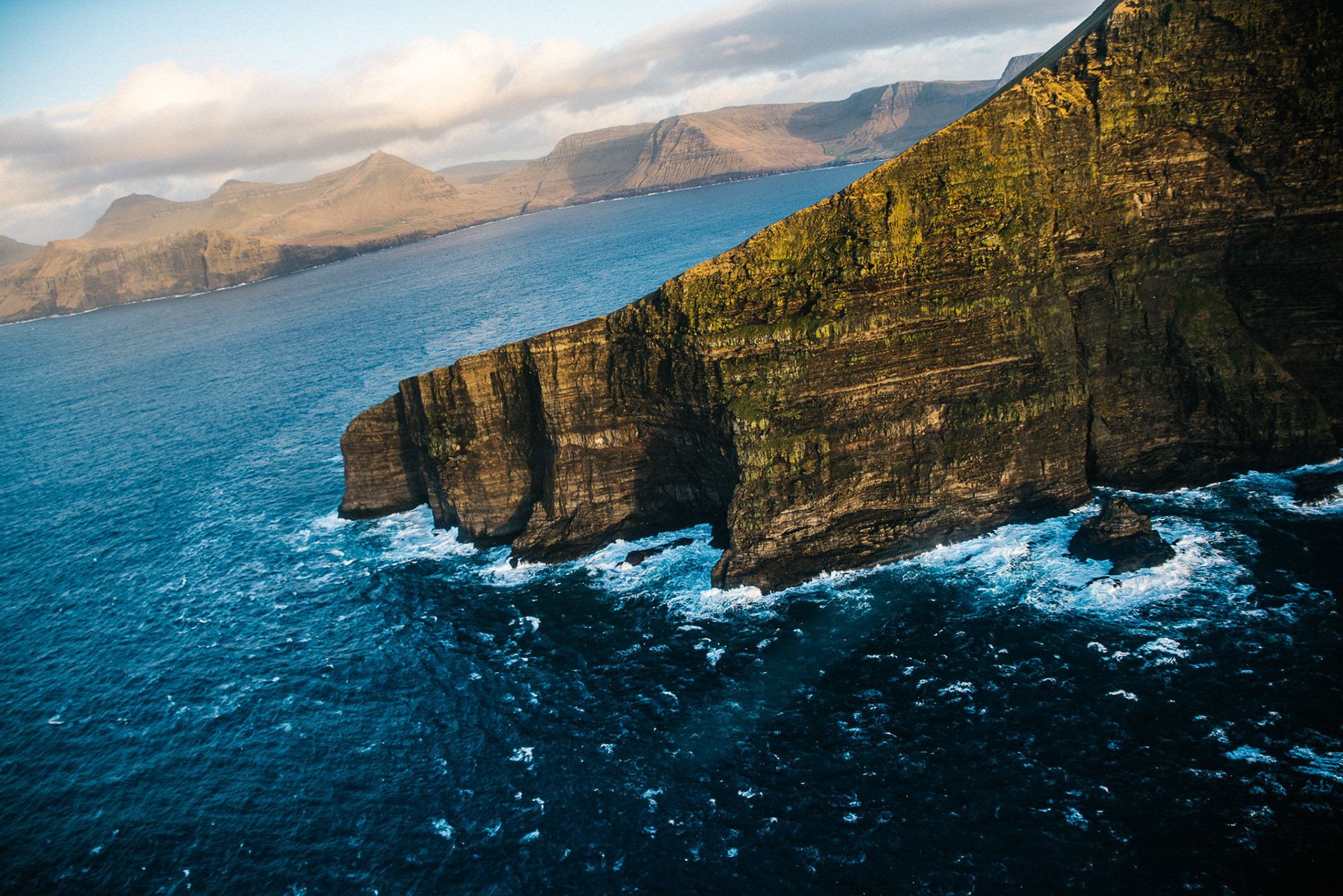
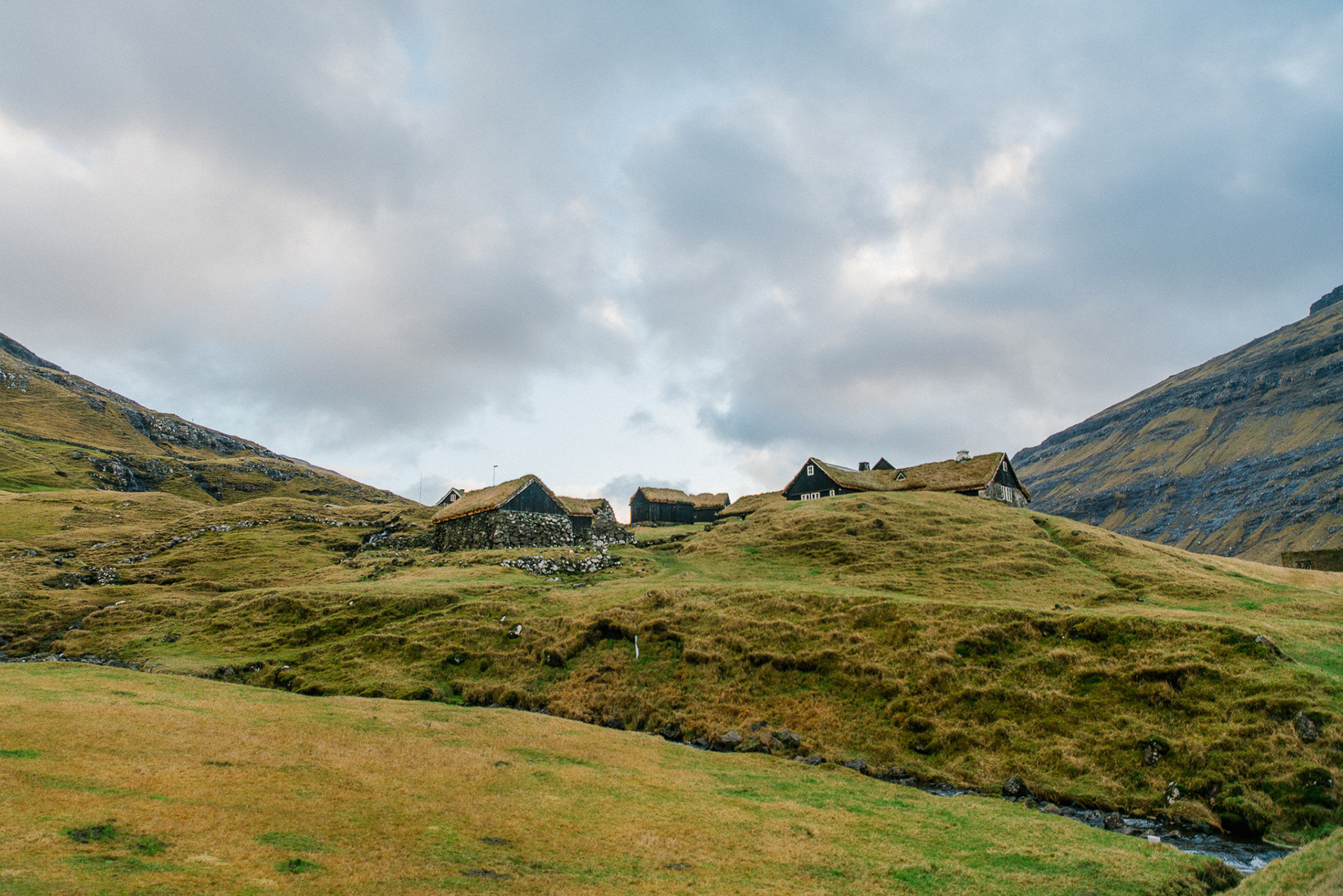
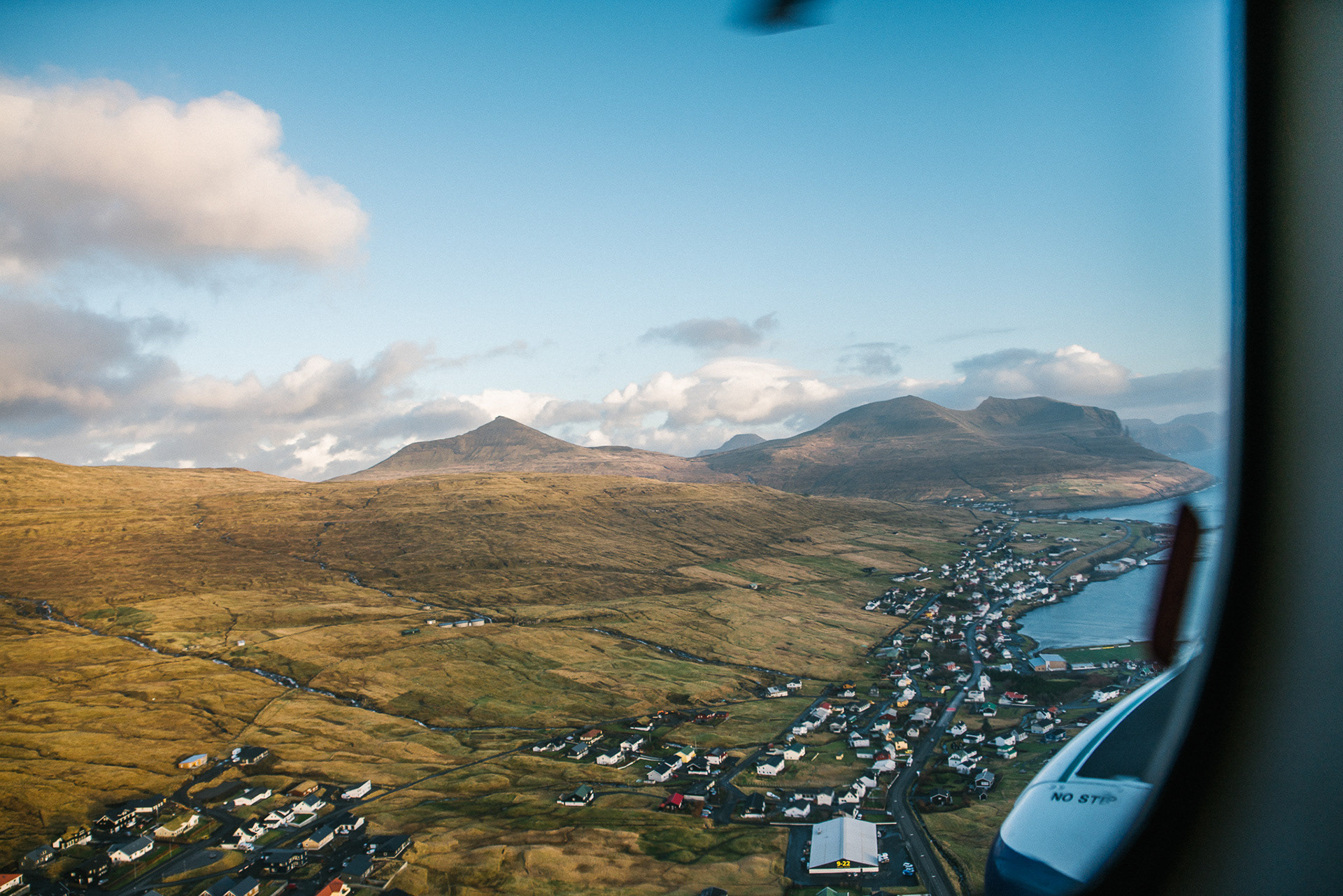
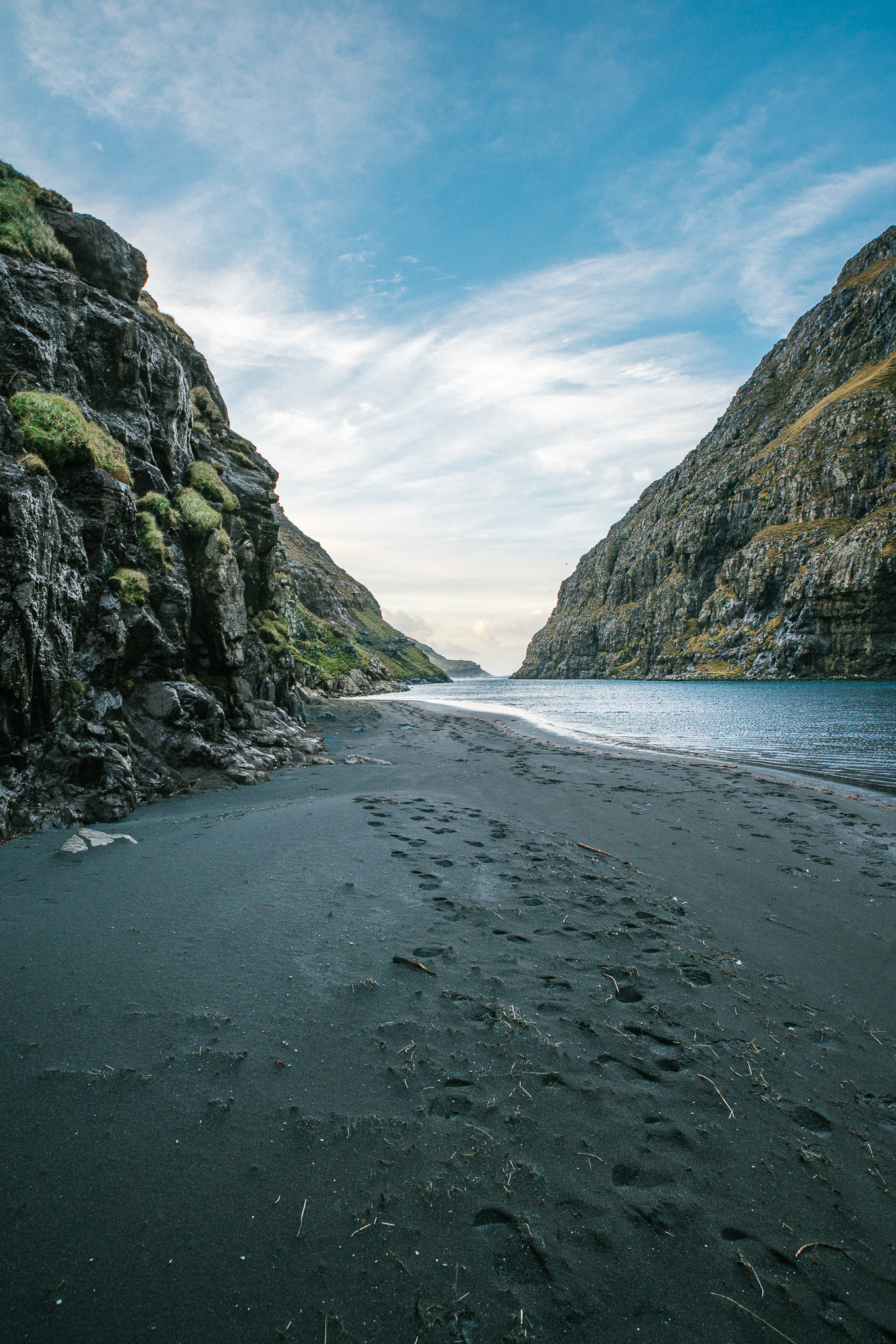
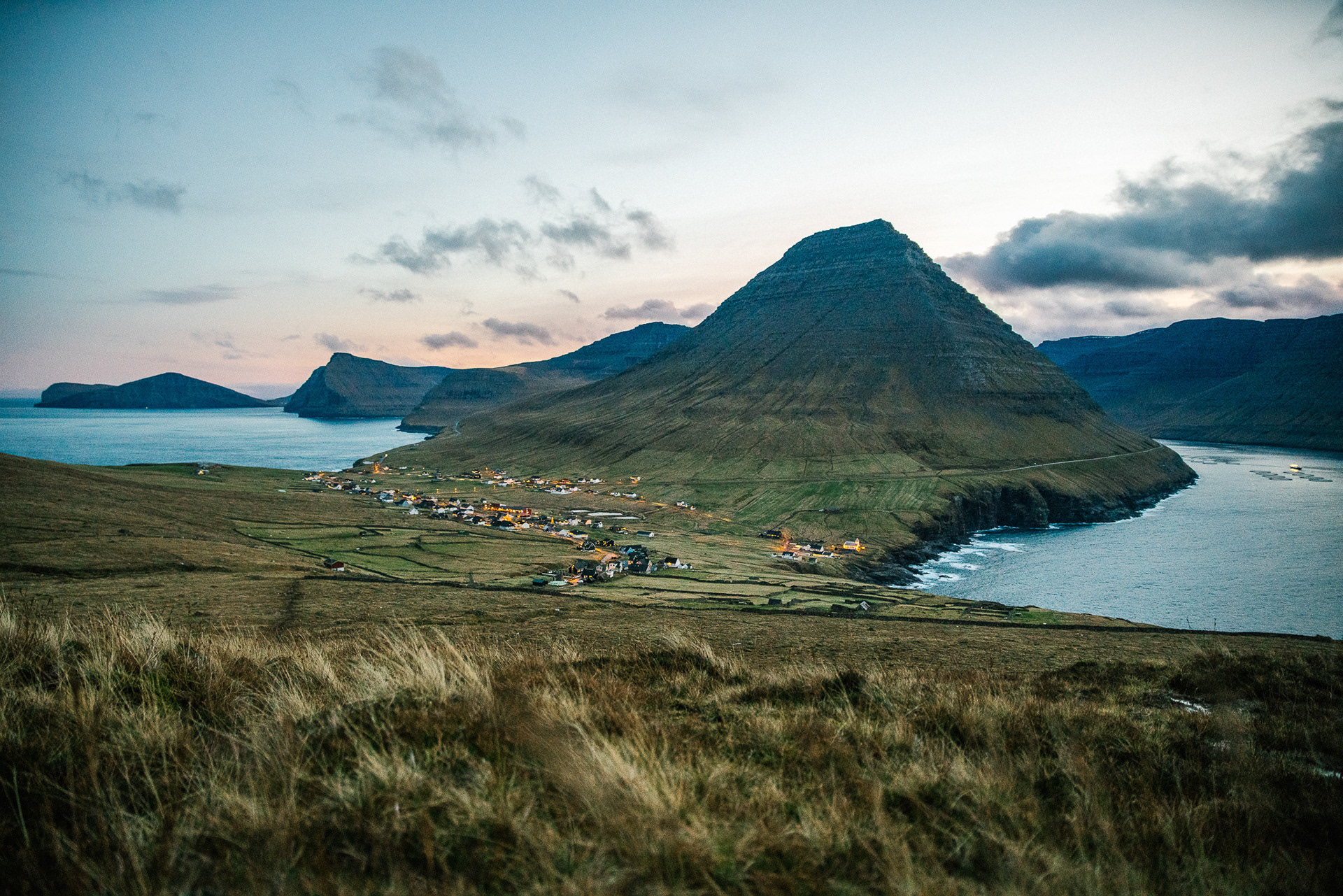
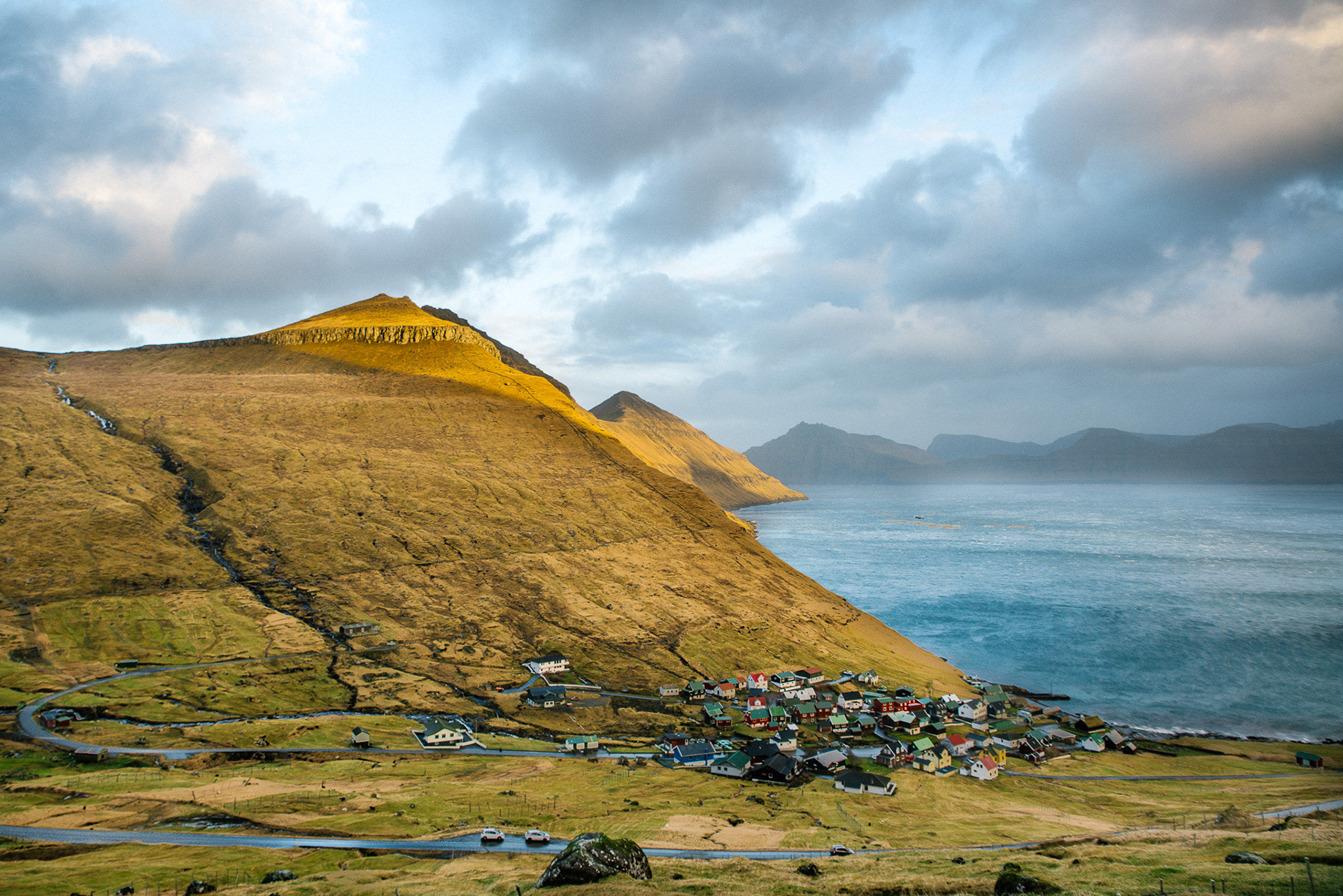
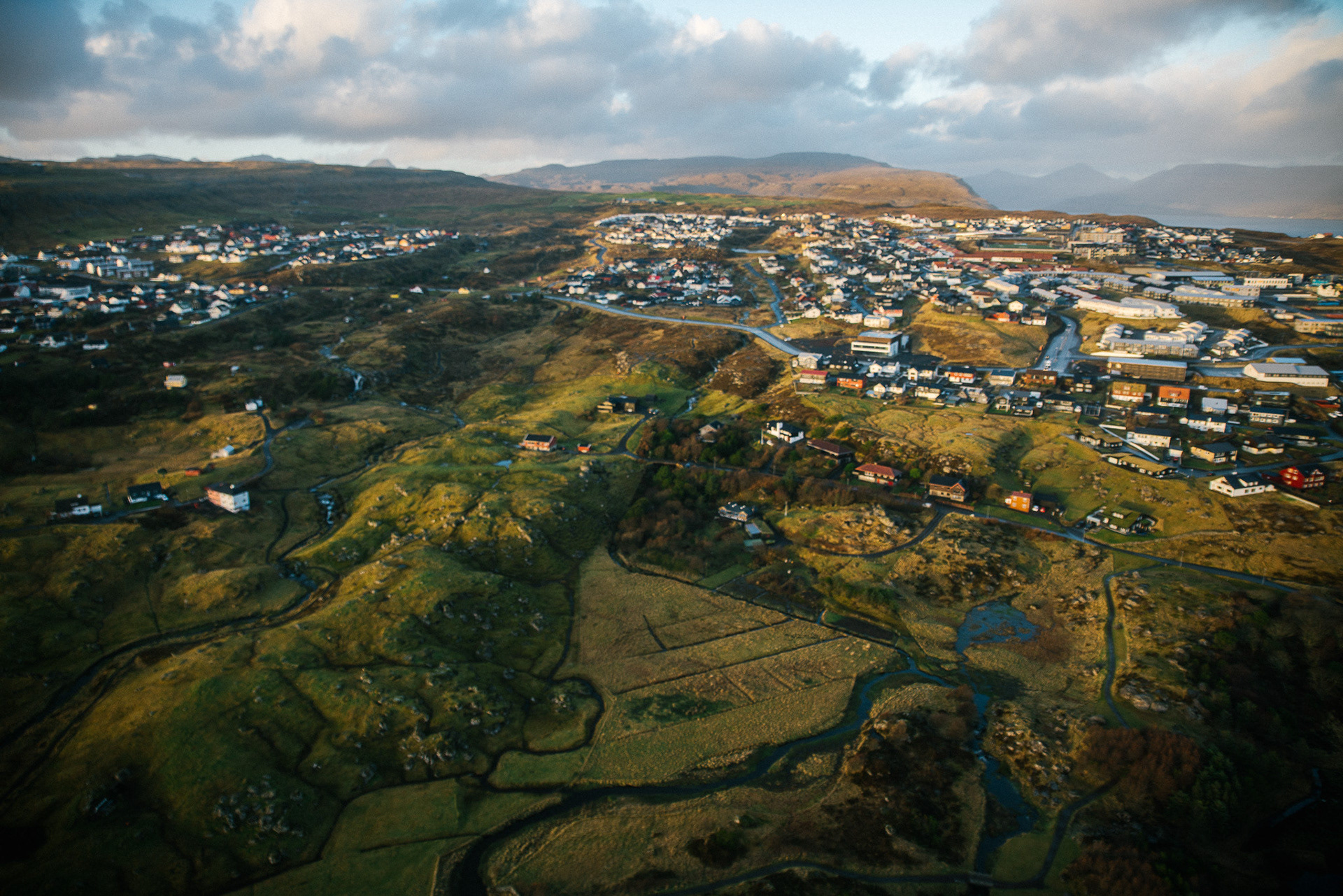
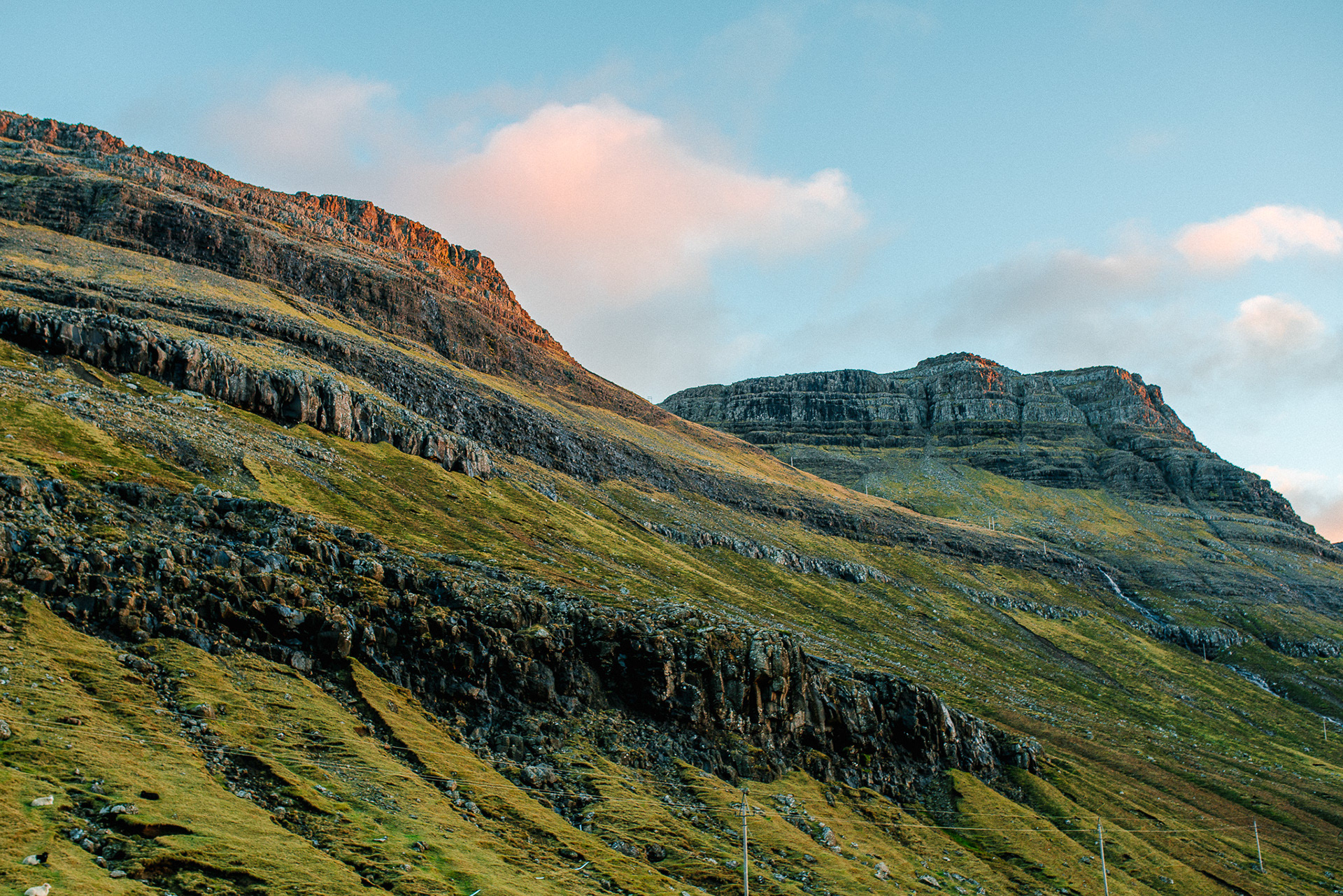
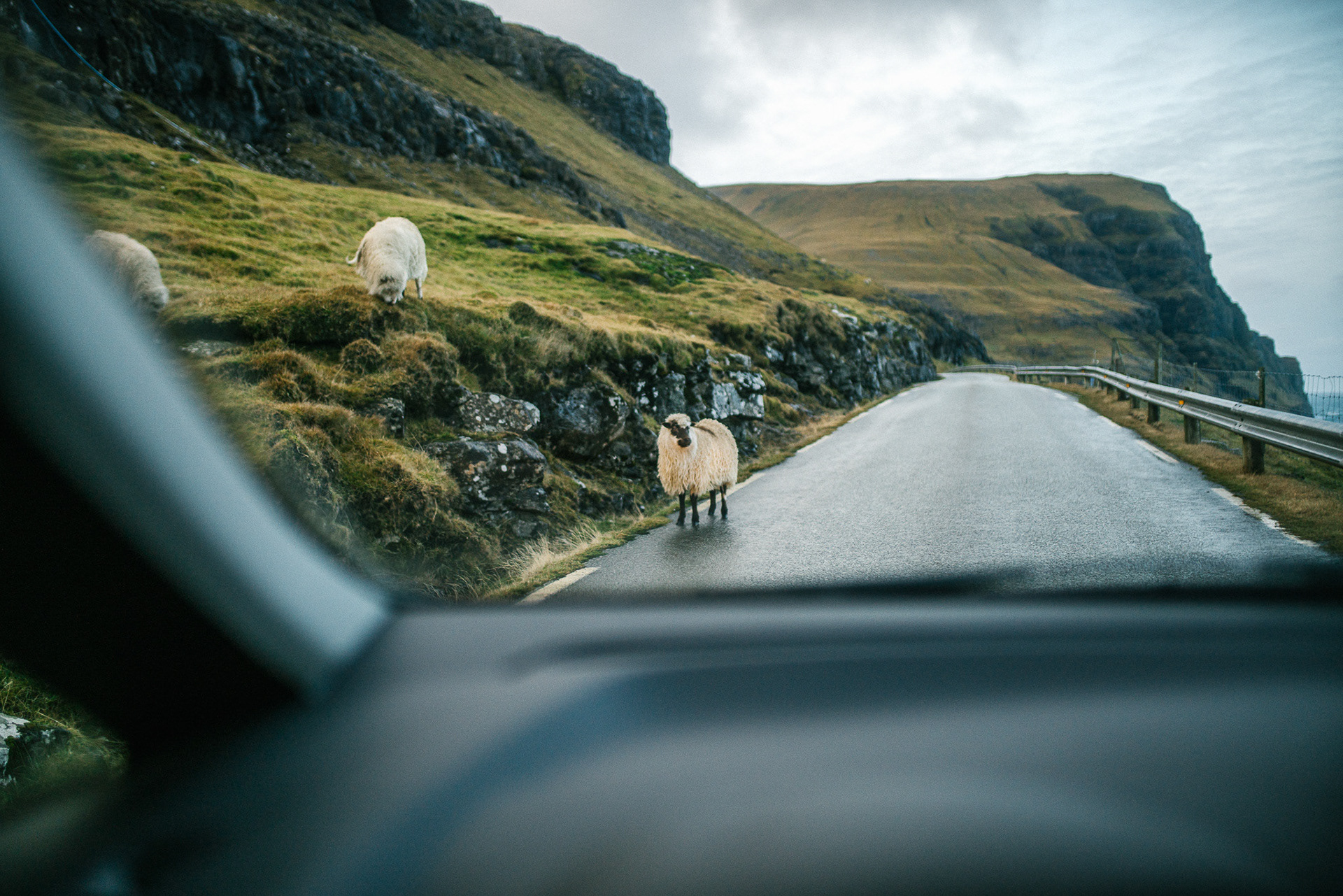
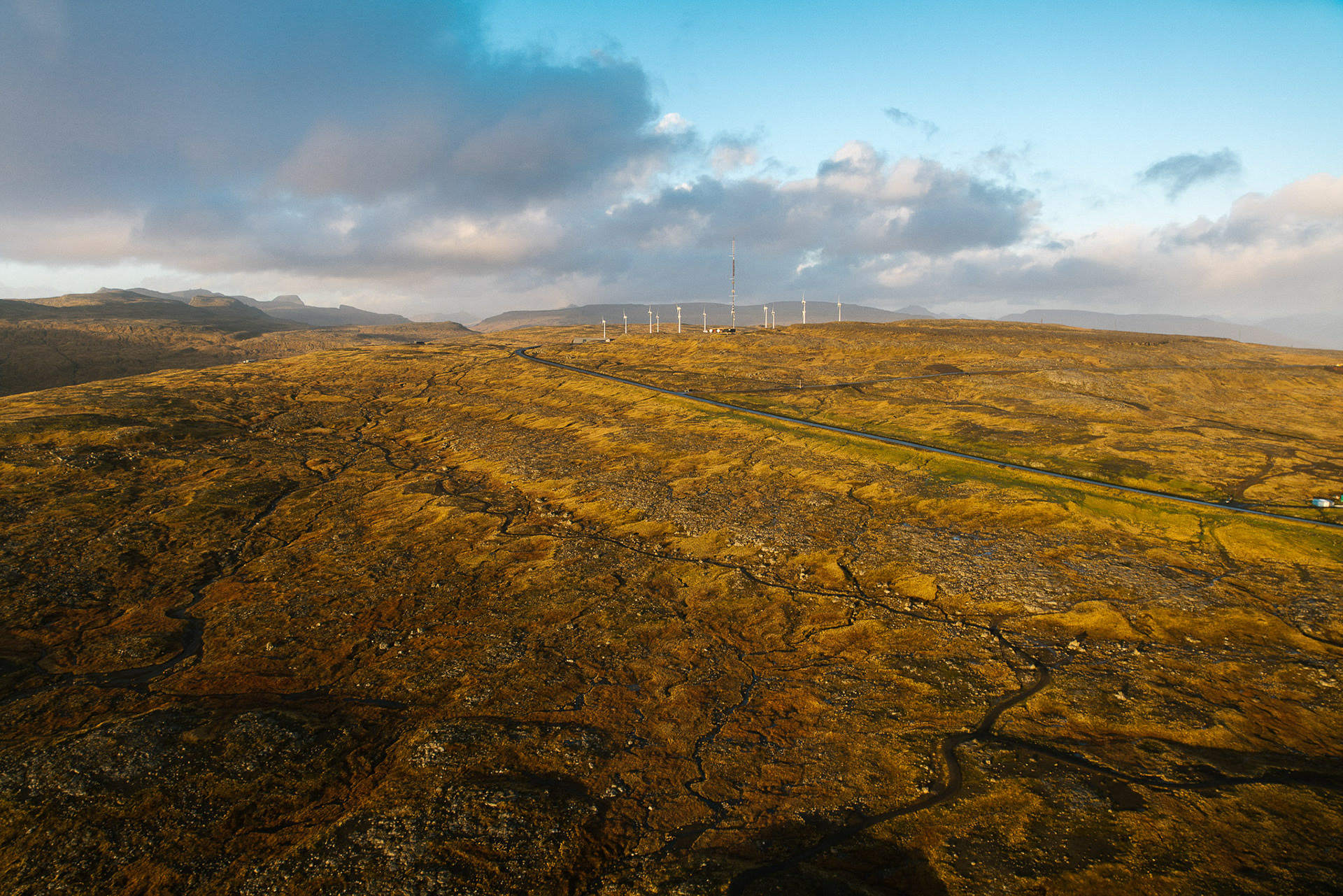
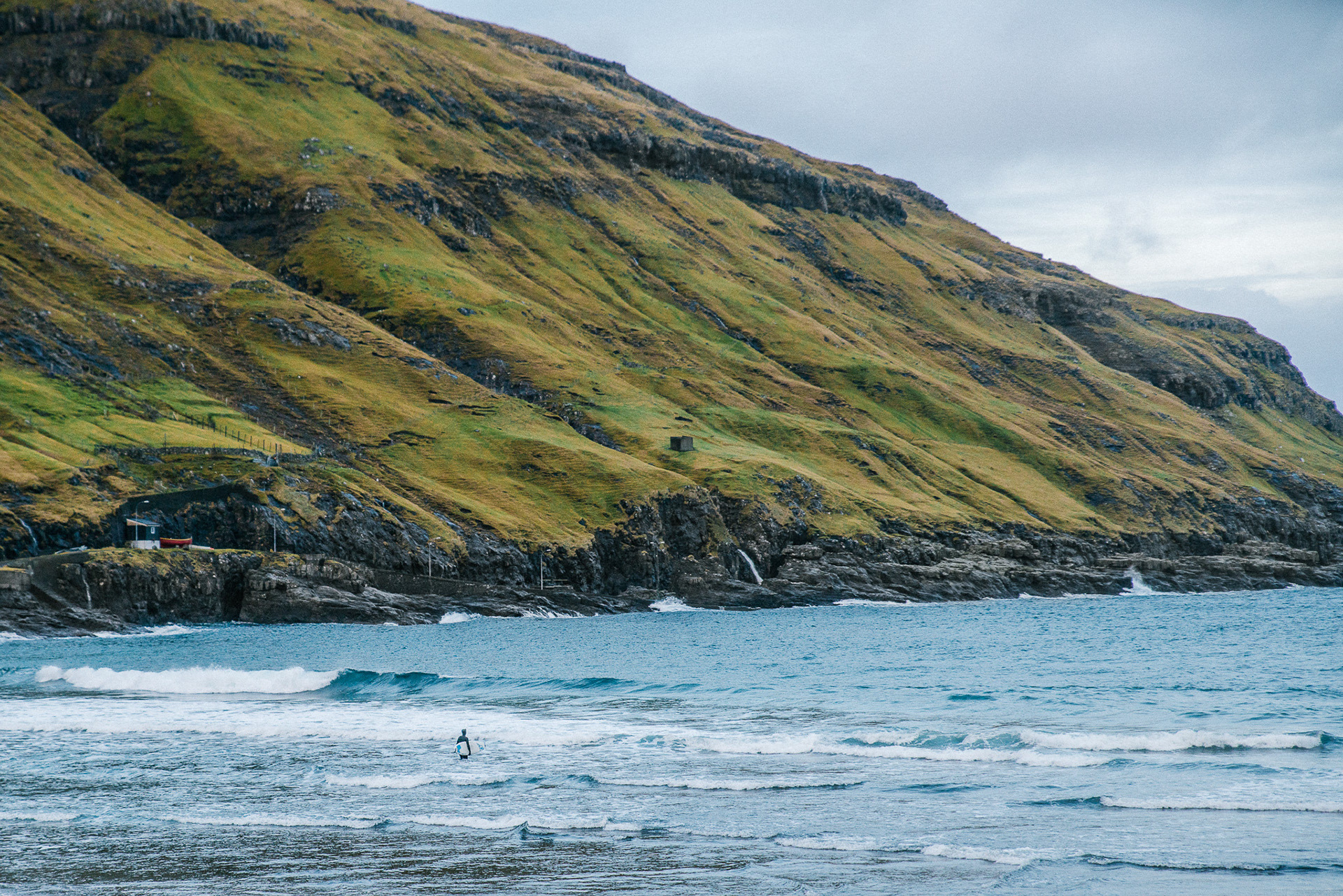
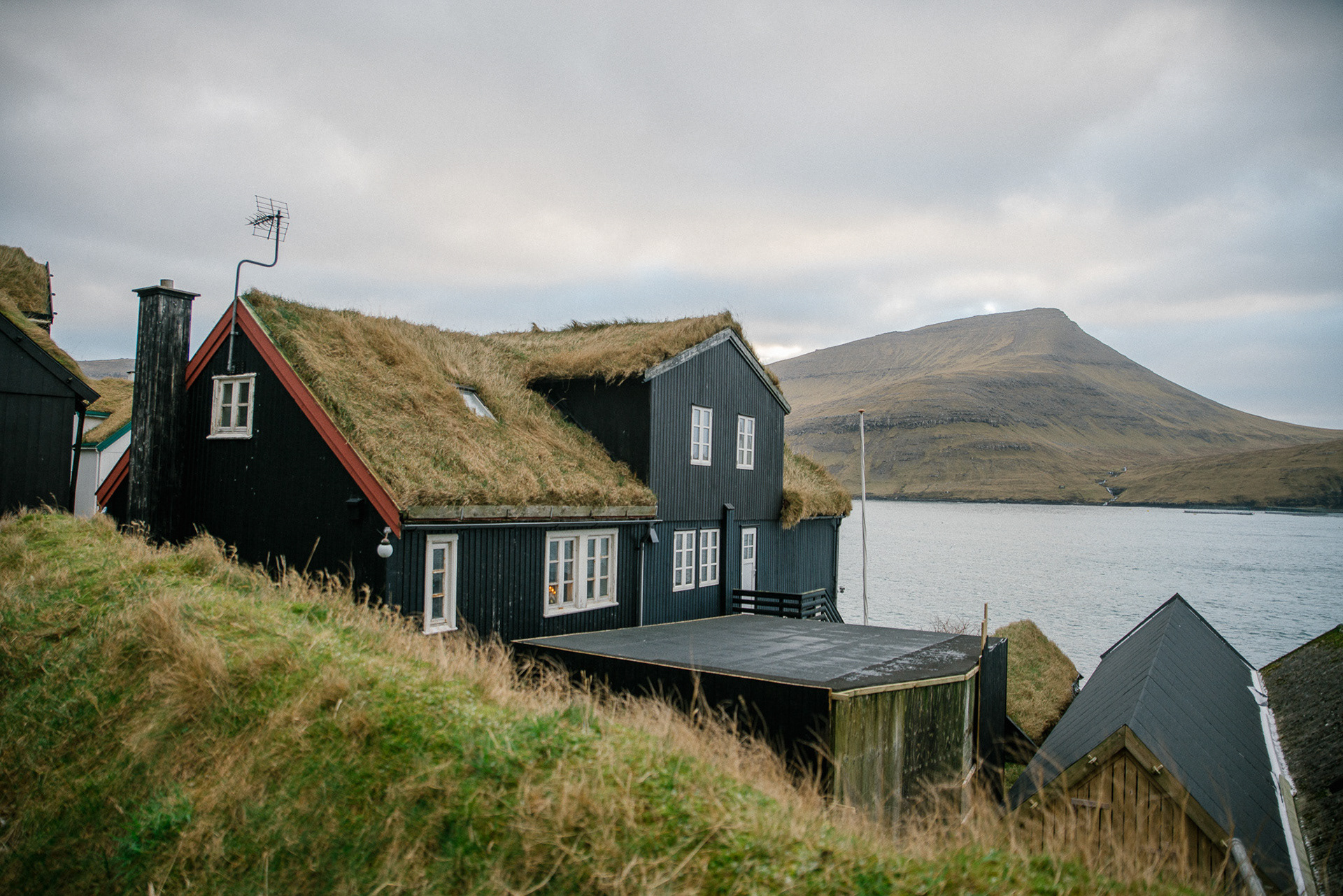
Faroe Islands – Where Nature Rules and Time Stands Still
The wind was the first thing I noticed. It wasn’t just a breeze—it had a voice, a rhythm, a presence. The kind that wraps around you, tugs at your jacket and reminds you that here in the Faroe Islands, nature is in charge. It was December, and the islands felt even wilder, more untouched, as if winter had draped them in an extra layer of mystery.
Driving through this rugged landscape felt like moving through a dream. The roads twisted and turned, cutting through deep green valleys, past waterfalls that tumbled from nowhere and along cliffs that dropped straight into the roaring Atlantic. Every turn revealed something new—a hidden cove, a lonely house with a grass roof, a sky that changed from blue to stormy gray in minutes. And through it all, there was silence. Not the absence of sound, but a deeper kind—the kind that makes you stop, breathe and listen.
One of the moments that stayed with me was the hike to Lake Sørvágsvatn, the famous "floating lake." From the right angle, the water seems to hover high above the ocean, an optical illusion that made me question my own eyes. Standing there, with the wind howling and waves crashing far below, I felt small in the best possible way—just a tiny part of this vast, untamed world.
But the Faroe Islands aren’t just about landscapes. In Tórshavn, the tiny capital, life moved at its own pace. Colorful houses stood huddled together against the cold, cafés glowed warmly in the dim afternoon light and fishing boats bobbed in the harbor. I wandered through the old town, where turf-roofed homes lined narrow alleys, and it felt like stepping into another time. Locals greeted each other with easy familiarity—on an island this small, everyone probably knows everyone.
Then there was Saksun, a village that could have been pulled from a fairytale. A scattering of houses, a tiny church and cliffs rising like ancient guardians behind it all. It was the kind of place where time seemed to pause, where the only movement came from the occasional sheep trotting through the frost-covered grass. And there were plenty of them—more sheep than people, all with an air of quiet confidence, as if they owned the land and we were just passing through.
And then, in the middle of all this cold and wind, we saw him—a lone surfer, braving the icy Atlantic waves. It felt almost unreal, watching someone ride the freezing water in a place that seemed built for storms rather than sport. But that’s the Faroes. Unexpected, wild, full of people who embrace the elements rather than fight them.
One of the best ways to get around these scattered islands is by helicopter. It’s not a luxury here—it’s public transport. We took a flight, soaring over fjords and tiny villages, watching the islands unfold beneath us. And the best part? It cost almost nothing. A regular ticket, cheaper than a taxi ride in most cities, giving us a view that felt priceless.
On another day, hitchhiking through the islands, we were picked up by an elderly man and his granddaughter. He spoke little English, we spoke no Faroese but it didn’t matter. With smiles and simple words, he welcomed us into his world, driving us through landscapes that looked even more beautiful through the kindness of strangers.
The Faroe Islands are not for those who need warmth and comfort. The weather is unpredictable, the wind can knock you sideways and the next storm is always just over the horizon. But that’s the magic of it. It’s raw and real, a place where nature still writes the rules, where beauty is wild and untamed.
When I left, I didn’t just take memories—I carried a feeling. The kind that lingers, that tugs at you long after you’ve gone. A reminder that somewhere out there, at the edge of the world, the wind still sings, the cliffs still stand and the ocean stretches on forever.
And if you ever go—bring layers, an open heart and a love for the unexpected. The Faroes will take care of the rest.